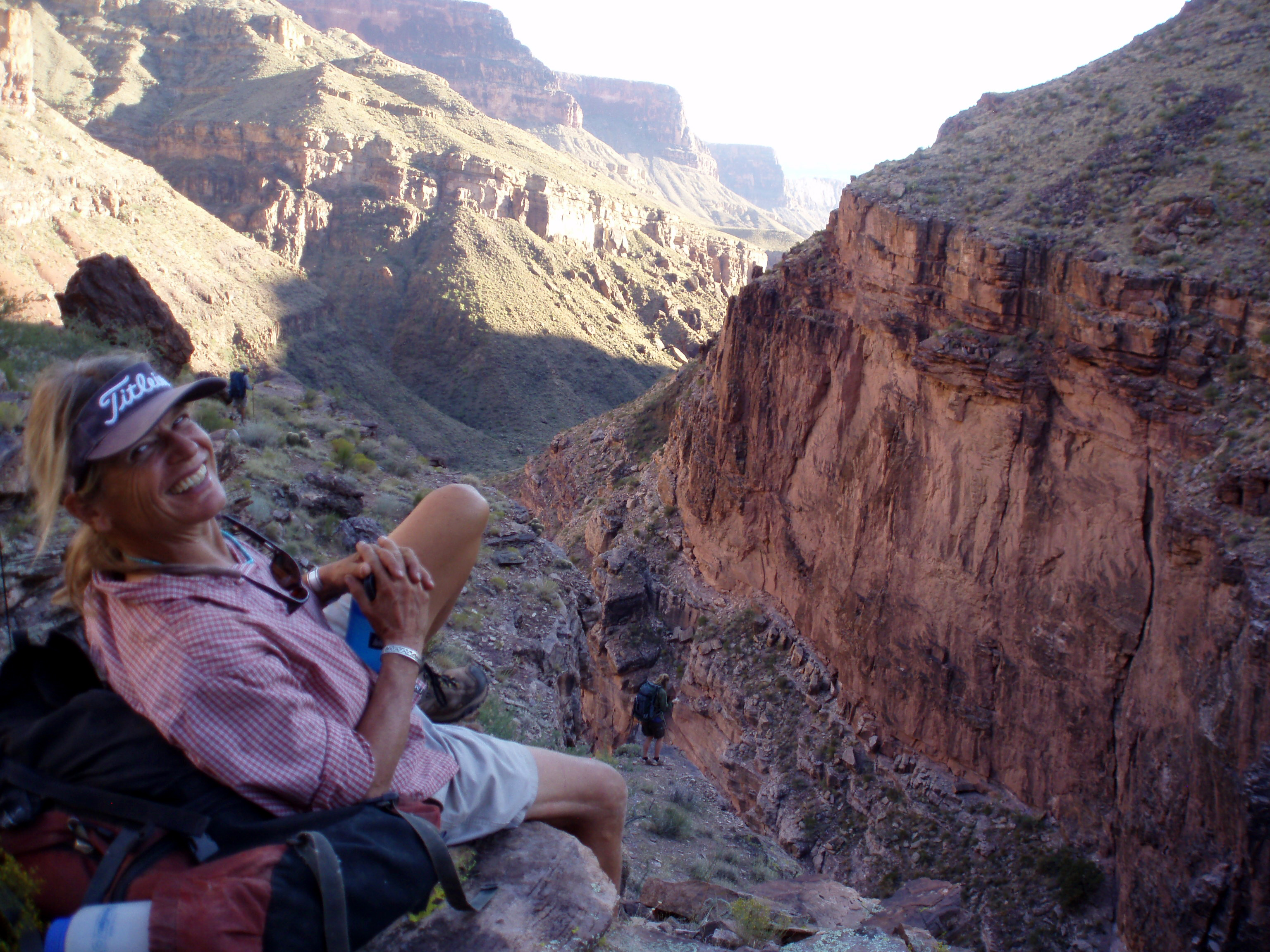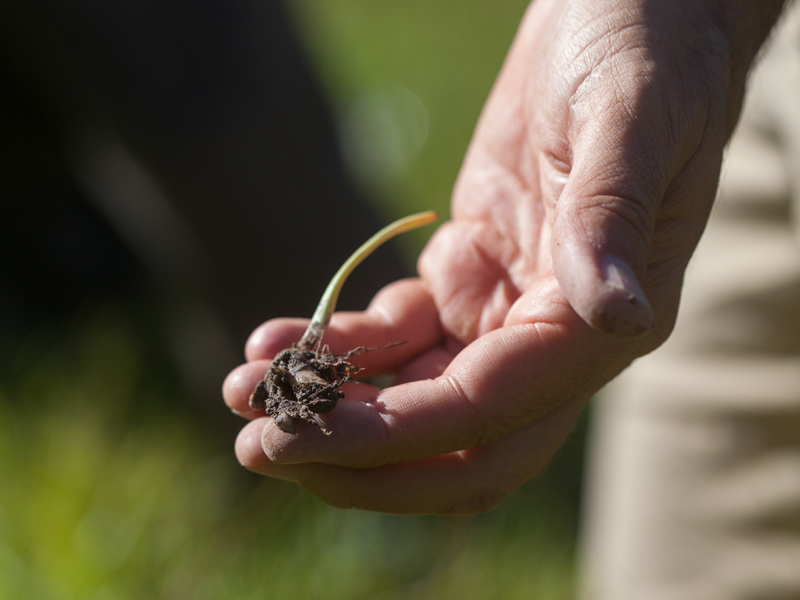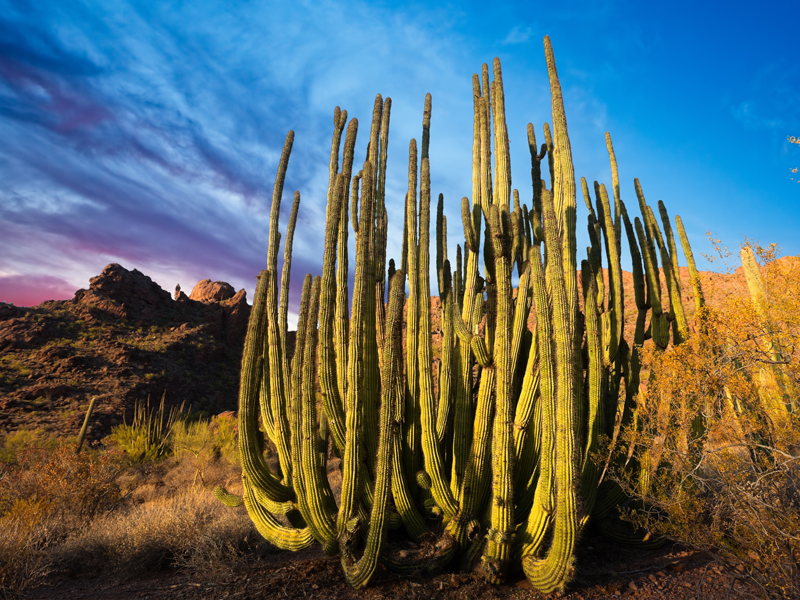The Garden’s love for AZ
Garden researchers travel the world to study desert plants and their environments, but their greatest love is for what is right in their backyard.
The Garden’s mission focuses on “desert plants of the world with emphasis on the Sonoran Desert.” This spotlight on the Sonoran Desert has Garden research and conservation staff spending much of their time in central and southern Arizona, as well as northwestern Mexico.
However, desert or arid environment plants are found throughout the state of Arizona. So, whether it is in the south of the state in the Chiricahua Mountains, or in the north, in the depths of the Grand Canyon, Garden researchers are showing the love and working hard to understand and conserve the plants and environments of the great state of Arizona.
There is likely no one on the planet who knows the flora of the Grand Canyon as well as Garden senior botanist Wendy Hodgson. For more than 25 years, Wendy has hiked into the depths of the Canyon, rappelled down some of the Canyon’s most notorious cliffs, and rafted through the Canyon on the Colorado River, looking for plants. In that time, she has not only documented the plant life of the Canyon, but she has discovered several plant species new to science.

Looking south, research botanist Andrew Salywon spends a lot of his time studying the unique wetlands of the Southwest known as ciénegas. Andrew uses sophisticated techniques to measure the water levels and flow of water through these rare ecosystems that support both plants and animals found nowhere else. He also works with conservation collections manager Steve Blackwell to track and study the endangered Canelo Hills Ladies Tresses orchid, a species that only exists in a few ciénga locations.

Plant physiologist Kevin Hultine and his lab group are studying cottonwood trees throughout the state to understand how this important foundation tree species will fare under the effects of climate change and competition from non-native plants like Tamarix (salt cedar).
Closest to home, Central Arizona Conservation Alliance (CAZCA) program director Aireona Raschke and CAZCA engagement coordinator Annia Quiroz lead one of the Garden’s signature initiatives. CAZCA unites partners from across the Phoenix Valley to protect, restore, and promote desert open spaces in the Central Arizona region. The most important partner we could have is you! Show your love for the desert we call home. Check out cazca.org to learn how you can get involved!


